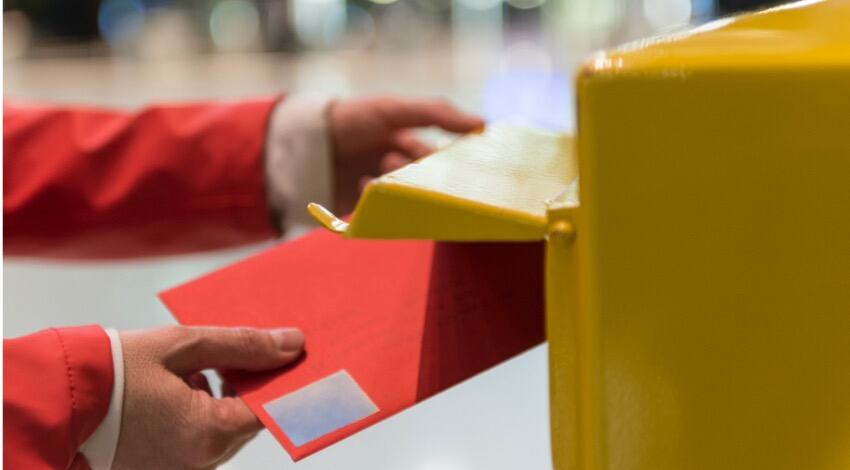Chill Out! Cut Energy Use in Refrigerator and Freezer

Hot weather brings new demands on the family fridge--and keeping food cold can be expensive! With summer on the horizon, try these ideas to cut energy use in the refrigerator and freezer.
With power bills on the rise--and hot weather just around the corner--it's time for an energy-saving tuneup for your refrigerator and freezer.
Keeping food fresh while conserving energy can bring a helpful boost to the strained food budget. An organized fridge cuts waste and preserves foodstuffs for maximum life and freshness.
Take aim on rising prices with a quick refrigerator check! Try these tips to minimize energy use and save money on groceries.
Fill the freezer, but give the fridge some air
The freezer works most efficiently when packed as full as possible. Need to fill in some space? Tuck extra ice for cold drinks or cold-packs for summer picnics into any empty space in the freezer.
A black-out bonus: full freezers keep food frozen longer if a power outage occurs.
The refrigerator is a different animal; it needs air circulation to keep food at an even temperature.
Packing a refrigerator too tightly means some foods become too cold--and may even freeze--while others aren't kept cold enough for proper storage. Let the refrigerator breathe to keep food fresh longer.
Match foods to the right microclimate
Since hot air rises and cold air sinks--and because every refrigerator has its own unique weather pattern of chilly breezes--be sure to assign foods to the right neighborhood inside the refrigerator.
A cold spot near the cold-air inlet makes a good home for meat or poultry, but will freeze and spoil a head of lettuce.
Keep produce cool, condiments cold and proteins downright chilly for longest food life.
Track temperatures
A thermometer can be a key to saving money in refrigerator or freezer. Too-cold temperatures waste energy, while too-warm temps lead to premature food spoilage.
Use a thermometer to monitor refrigerator temperatures; they should be set to between 36 and 38 degrees Fahrenheit. In the freezer, shoot for a temperature range between zero and 5 degrees Fahrenheit.
Be sure to pay attention when the seasons change; a temperature setting that works well for the winter months may need to be adjusted during hotter weather.
Take the "dollar bill" test
Leaky door seals are a main culprit for energy loss in both refrigerator and freezer. Improperly-sealed doors let cold air escape, making the unit work harder and cutting food quality.
Check door seals with the "dollar bill" test. Close the refrigerator or freezer door on a dollar bill. A well-sealed door will hold tight to the money; if the bill falls out, or can be slid around easily, it's time to clean or replace the door gasket.
Clean condenser coils
Condenser coils do the heavy lifting of creating cold air, but they can't radiate heat properly if their surface is coated with dust or grime.
Use a coil brush or the vacuum cleaner's extension wand to clean the condenser coils behind or beneath the refrigerator.
Clean coils cost less to operate, and because they work more quickly to chill the air, keeping them clean will extend the useful life of your appliance.
Find it fast with a freezer inventory
Rummaging through a packed freezer in search of a pound of ground beef can waste a lot of power.
Keep visits to the freezer short, sweet and energy-efficient with a printable freezer inventory form.
It'll track what you have and let you find your frozen assets in record time--and let the freezer keep its cool for best energy savings.



